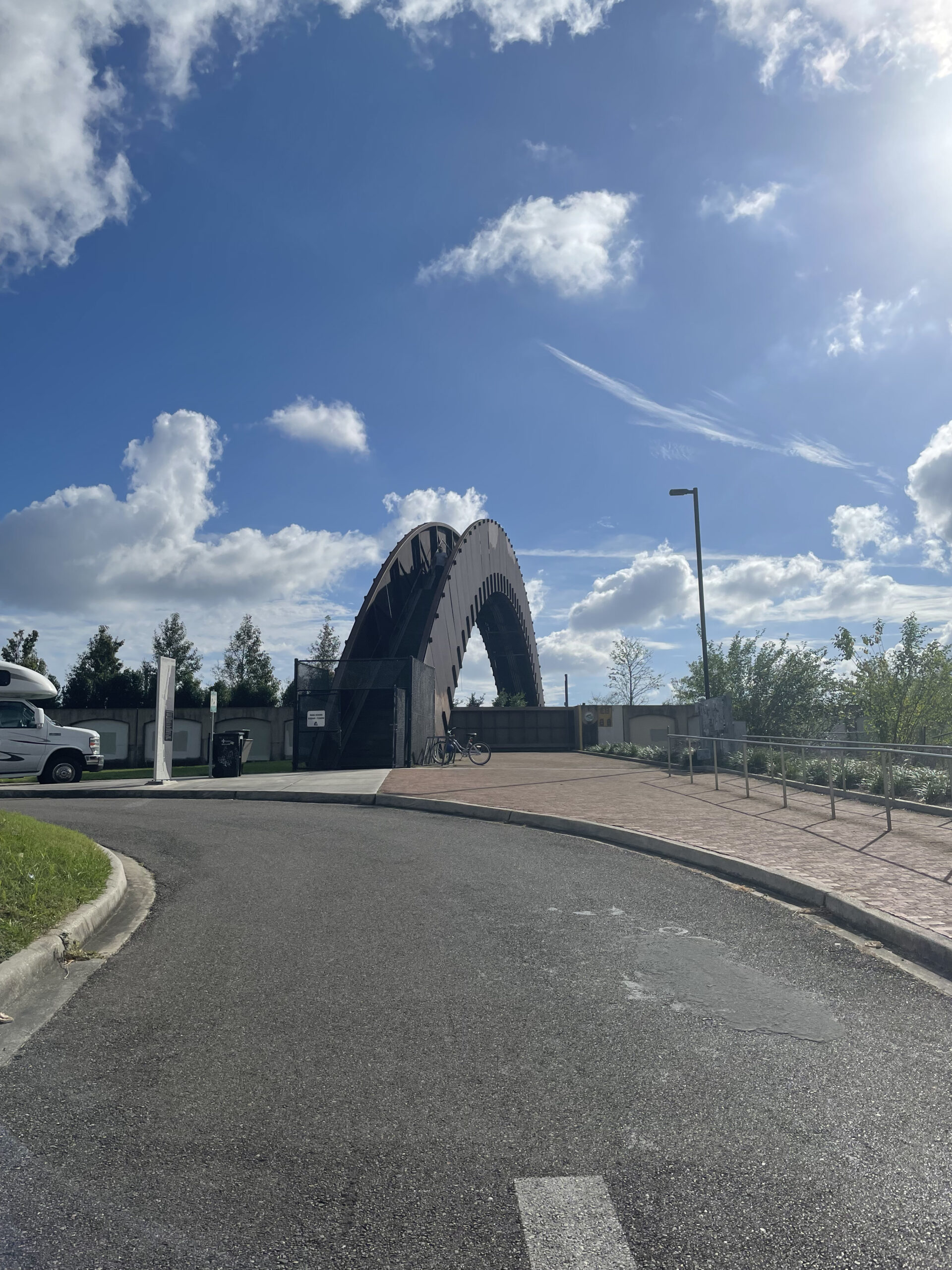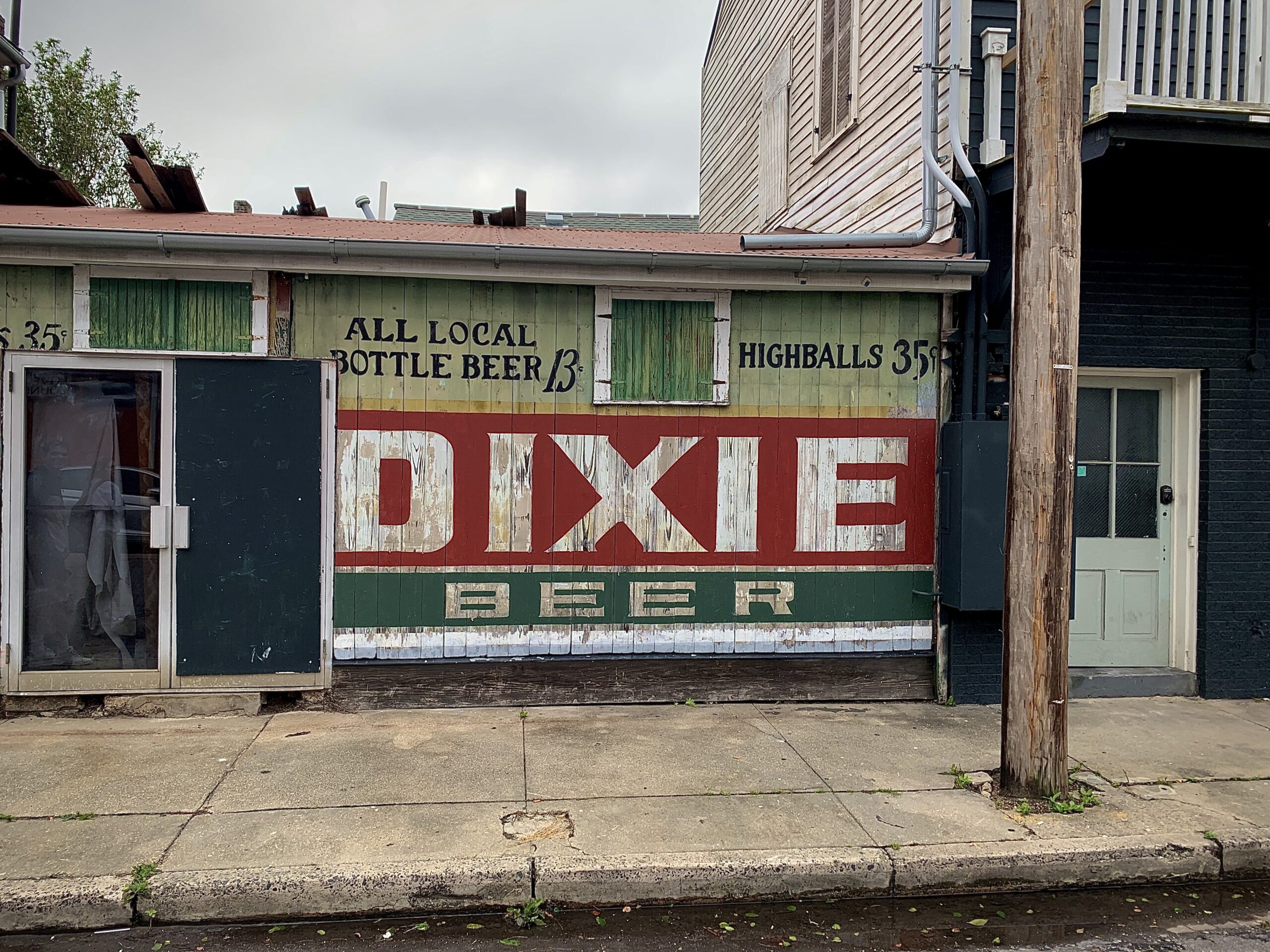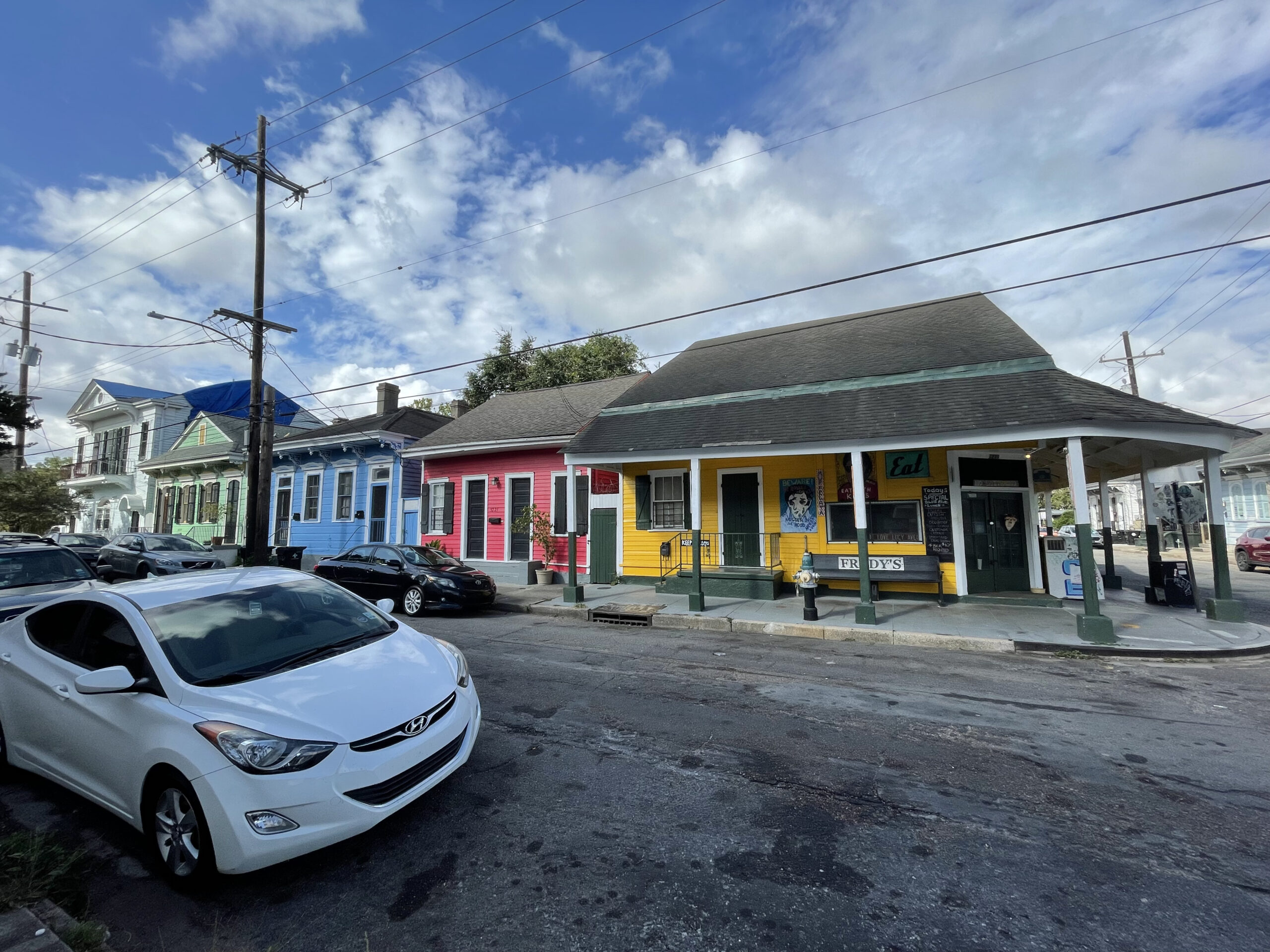When I was in middle and high school, I used to visit my brothers at college in New Orleans. Before I understood the layout of New Orleans or how different neighborhoods looked, there was one place that stuck out to me: the Bywater. It has been a residential area for about 200 years, but its demographics have changed drastically since Hurricane Katrina. I was completely unaware of any history of the area; I simply felt comforted by this quiet neighborhood. I had never seen this place before and knew nothing about it, yet it still felt like a place I would want to call home.
The concept of home is inherently difficult to define. It may seem obvious to define it as a physical space but usually it is more complex than that. A feeling of home is exactly that: a feeling. It is not bounded by a physical location. In general, this feeling is created by many things, but the most important is comfort. Not everyone finds comfort in their literal home. Comfort can be found anywhere in the world, which is why anything can be a home. Comfort creates a sense of security away from the rest of the world. This sense of security and privacy are also key in creating a sense of home. Finally, a sense of home is also created by those one shares it with. The people one connects with does not necessarily have to be their family, but connecting with others in a shared space creates a stronger sense of home.

A bridge that connects the Bywater to Crescent Park (Photo by Jonathan Licht)
The Bywater extends roughly from Press Street to Poland Avenue and from the Mississippi River to St. Claude Avenue. Each time I have visited the Bywater, I have always walked around the area. In general, walkability is a key component of designing a neighborhood. In designing a walkable neighborhood, pedestrians are prioritized over vehicles. This lines up with the Bywater because there is less traffic flow through it compared to other neighborhoods. Because of this low traffic flow, it is simply quieter. One can hear the birds chirping and the wind blowing through the trees. This welcoming feeling of natural sounds makes sense; nature helps humans soothe pain. The Bywater embraces the concept of home by creating a peaceful space. The peaceful aura feels private and tucked away from the chaos of the French Quarter.
Part of what makes the Bywater feel peaceful is that it is quiet and empty. In a large and crowded space, anonymity creates a feeling where one feels less connected to those around them. The Bywater is the opposite, and the opposite type of interactions are found. When one walks by people on the street, people will say “Hello” or ask, “How is your day going?” This practice is evident everywhere in New Orleans but feels more prevalent in the Bywater. Additionally, in a crowded space, the overwhelming feeling one gets draws them out of that environment. While walking through the Bywater, I feel very connected to the environment. There aren’t those distractions to take me away from where I am. Connecting to the people and environment around them makes it easy for people to create a sense of home.

Dixie beer mural (Photo by Jonathan Licht)
It is more than just the quietness that makes the area feel inviting. No two parts of the Bywater look the same. The sidewalks are uneven in different places; some streets have potholes, and every area has its own story. The only pattern is the shotgun houses lined up side by side. Even these houses are unique; they are all brightly painted in different colors. These intriguing differences are reminiscent of the human experience because no two people are alike. There is another reason the physical environment reflects the human experience: imperfection. The infrastructure is asymmetric and imperfect, like us. The houses are old, have character, and are in typical New Orleans style (shotgun houses and cottages). They reflect the human nature of familiarity. From an evolutionary point of view, it makes perfect sense to be attracted to familiarity. Familiar things are more likely to be safer than unfamiliar things. So even when someone has never seen this neighborhood before, there is still a sense of familiarity. This allows people to become attached and connect emotional importance to it, like a home.

Brightly painted buildings in the Bywater (Photo by Jonathan Licht)
However, the Bywater has changed drastically since people started living there. In the colonial era, it was the site of a plantation, and private homes were built in the early 1800s. People from other countries, such as Spain and France, settled in the area. It was considered part of the 9th ward, but as the neighborhood developed, it was renamed the Bywater in the 1940s. Before Hurricane Katrina, the Bywater was home to mostly working-class families, and more than 6 out of 10 residents were Black. Like many other neighborhoods in New Orleans, the Bywater became gentrified because it sits at a higher elevation than other neighborhoods. A high elevation leads to a lower probability of flooding during a storm, which makes the area more desirable. Because of this, wealthier people fleeing climate-risk areas cause higher housing prices and rapid gentrification in safe neighborhoods. This is known as climate gentrification. Often, climate gentrification occurs in Black and minority communities, and it happened in the Bywater. Currently, 56% of the Bywater’s population is white. This is not a unique pattern: the Irish Channel shifted from 74% Black in 2000 to 71% white in 2019.
While the physical layout and environment create a homey feeling to the outsider, to someone who has lived there for generations, this concept of home may now be absent due to climate gentrification. However, it makes sense that the outsider would see the physical environment without previous knowledge of the history and see a peaceful, homey neighborhood and nothing more. Whether or not the Bywater has a sense of home may depend on previous experiences and different points of view.
This piece was edited by Anna Blavatnik as part of Professor Kelley Crawford’s Digital Civic Engagement course at Tulane University.
 NOLAbeings
Multimedia artist Claire Bangser created NOLAbeings as a portrait-based story project that marries...
NOLAbeings
Multimedia artist Claire Bangser created NOLAbeings as a portrait-based story project that marries...
 Data corner: Adobe Suite (create a PDF, social media graphic, presentation, edit a photo and video
Data corner is where you go to work with analytics and top tech skills. It takes on everything from PERL and SQL to Canva and Sprout Social.
Data corner: Adobe Suite (create a PDF, social media graphic, presentation, edit a photo and video
Data corner is where you go to work with analytics and top tech skills. It takes on everything from PERL and SQL to Canva and Sprout Social.
